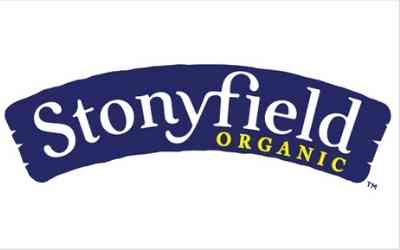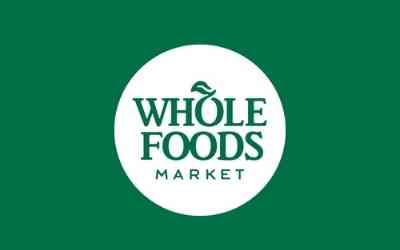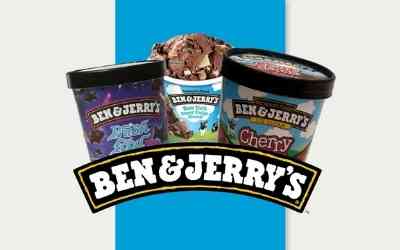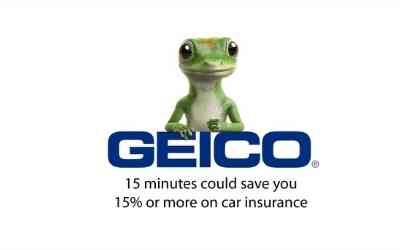MARKETING FUNDAMENTALS
Marketing Orientations and Concepts: The Ultimate Guide
Chris Chan, Digital Marketing Consultant
8 February 2021
According to research done by ScienceDirect, 47% of businesses have a high degree of marketing orientation.
What is a marketing orientation and why do so many successful businesses still use one?
In this ultimate guide we’ll discuss:
- What Marketing concepts/orientations are and whether they’re still useful.
- Details on the 5 main marketing concepts.
- Examples of each marketing concept.
This information was gathered for you through lectures from a college Intro to Marketing course. For more informative articles on marketing fundamentals click here.
What are Marketing Orientations/Concepts?
Marketing concepts (orientations) are unique positions that a company can take in order to uniquely position itself for a specific target audience.
The most common usage of marketing concepts (orientations) is to concentrate their marketing efforts for maximal efficiency and concentration.
The usage of marketing concepts goes back to the definition of marketing as a whole: deliver the right product or service to the right person at the right place and time.
Usage of specific concepts is crucial to this because it uniquely positions a business to sell to its target audience

Are Marketing Orientations Still Useful?
Yes, they provide theory and framework for our marketing campaigns and decisions.
Some marketing systems are outdated and overused but they show the logical progression of the marketplace.
Marketing concepts also provide foundational positioning knowledge for any marketing student or professional.
What is the Most Effective Marketing Orientation?
Currently, the marketing orientation and the holistic orientation tend to serve the marketplace (both businesses and consumers) the best.
Other marketing orientations such as the selling orientation are ineffective in today’s consumer-focused marketplace.
The modern consumer is privy to marketing tactics and is much more likely to purchase when they are being served.
“Currently, the marketing orientation and the holistic orientation tend to serve the marketplace the best.”
Who Can Use Marketing Orientations?
Almost every business or individual and use marketing orientations when constructing a brand or marketing position.
Here are a few groups that are most likely to use marketing orientations.
Marketing teams-Use marketing orientations as fundamental knowledge for positioning decisions.
Management and Decision Makers-Utilize marketing orientations to leverage brand consistency, message, and conversions.
Bloggers and Digital Marketers-Show their unique positions for selling more niche items to their market.
Personal brand builders-distinguish themselves through the use of orientations.
Summary of ALL Marketing Orientations/Concepts
There are 5 main marketing orientations that have been used throughout the history of the marketing world.
Each of these rests upon a fundamental business assumption in order to position the business toward a specific customer.
Here are the 5 primary marketing orientations, their goals and assumptions.
Production Orientation-Highlights the availability and accessibility of a product through cheap prices. Assumes that the consumer will buy cheap and affordable products over more expensive, tailored products.
Product Orientation-Gives attention to the various features of a product. Assumes that consumers will buy the product with the highest perceived quality.
Selling Orientation-Uses aggressive sales tactics to promote products. Assumes that consumers will buy based on creative advertising and emotional persuasion.
Marketing Orientation-Shifts focus from business goals to consumer wants and needs. Assumes that the customer is king and that the business will thrive when they are properly marketing to a consumer’s need.
Holistic Marketing Orientation-Builds upon other concepts but highlights the need for a larger mission. Assumes that serving a greater responsibility that changes the world will draw more consumers into supporting the business.

What is the Production Orientation/Concept?
Originating in the late 1800s and early 1900s, the production orientation came along with the book of the industrial revolution.
At the time consumers were likely to purchase new inventions and products that were widely available.
As a result, the consumer was most likely to prioritize low prices and large quantity over quality, user choice, and variability of a product.
Due to this consumer attitude, companies focused on the productivity of their factories in order to produce commodity goods.
There was also an increased sense of a rising “industry standard”.
Examples of production-oriented marketing include McDonald’s and Ford.
Corporations that use the production orientation are likely to be larger and appeal to a wider customer base.
Henry Ford famously said, “Any customer can have a car painted any color that he wants, so long as it is black.”

What is the Product Orientation/Concept?
Unlike the production orientation, the product orientation is less time-based and more usage appropriate.
The product orientation assumes that consumers will purchase a product that is higher in quality, performance, or innovative features over a cheaper product.
As such, the product orientation focuses heavily on the features and specifications of a specific product.
There are particular industries where the product orientation is extremely effective.
Highly technical fields such as security and technology tend to use product orientations more consistently than other industries.
Target audiences for a product orientation business may include early adopters and skeptical buyers.
A great example of product-based marketing is the Gillette 5-blade razor. Gillette’s marketing highlights the smoothness of the shave through the technological innovation of added blades.

What is the Selling Orientation/Concept?
The now widely outdated selling orientation originated in the 1920s and 1930s during the U.S. great depression.
The belief was that consumers won’t buy an organization’s products if they were left to their own devices. They needed convincing.
Businesses that use the selling orientation often used emotional and promotional tactics to persuade their audience to buy.
Unfortunately, many companies that sold using the selling concept used emotional manipulation and flashy deals to trick their audience into buying.
Usage of the selling orientation is a major reason why consumers no longer trust marketing and advertising.
Some promotional techniques that firms used include:
- Jingles
- Large Discounts
- Flashy Advertisements
- Attention-grabbing Copywriting
- Emotional manipulation (humor, guilt, joy, famous influencers)
That is not to say that the selling orientation is all bad. There are plenty of businesses that use the selling orientation in an ethical and entertaining way.
Related: 7 Surprising Reasons Every Student Should Learn Digital Marketing
Geico, for example, continues to use the selling orientation with their famous 15% off commercial.

What is the Marketing Orientation/Concept?
The marketing orientation was originally created in the 1950s with the rise of the nuclear family and the middle class.
Firms that use the marketing orientation conclude that the purpose of a company is not to manufacture products but to satisfy customer needs.
Consequently, marketing became much more consumer oriented and much less manipulative.
Modern marketers primarily apply the marketing orientation to their businesses.
A great example of the marketing concept in the 1950s was Burger King’s introduction of the Whooper.
This product launch was one of the first instances of the marketing orientation in major corporations.
Burger King’s slogan, “have it your way”, became the rooting factor of their marketing campaign.
Their advertisements implied that every consumer would be satisfied because they would receive customized orders that cater to their wants and needs.
Burger King’s slogan, “have it your way”, became the rooting factor of their marketing campaign.
Their advertisements implied that every consumer would be satisfied because they would receive customized orders that cater to their wants and needs.

What is the Holistic Marketing Orientation/Concept?
The holistic marketing orientation is the most modern of the 5 main marketing orientations.
This perspective on marketing has risen in popularity since the early 2000s with a focus on larger mission and wider company purposes.
With holistic marketing consumers are no longer purchasing a product, they are supporting a cause larger than themselves.
Due to an increased demand for company transparency and ethical business practice, holistic marketing has become much more effective.
Users of the holistic marketing orientation feel that everything matters in marketing. The stakeholders, employees, consumers, and society as a whole are crucial considerations when marketing.
Holistic marketing is the future of marketing and is the most groundbreaking marketing orientation to date.
Some great examples of holistic marketing include




Conclusion
Thanks for reading my ultimate guide to marketing orientations. If you liked this guide and want to take it with you Get this guide as a printable PDF!
Chris Dismissed,
Chris Chan
Ready to Level Up Your Brand?
Subscribe to My Awesome Newsletter.





